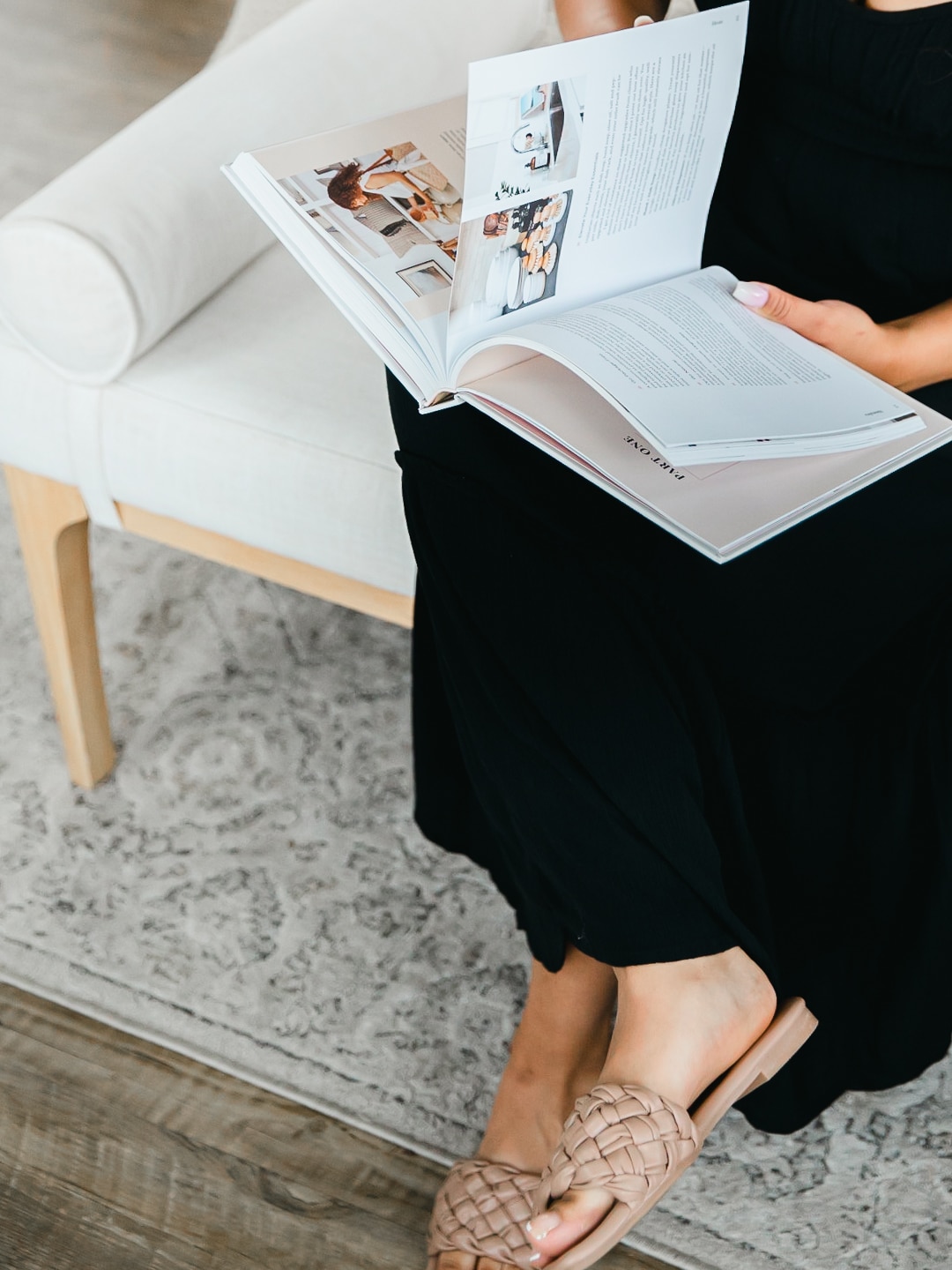
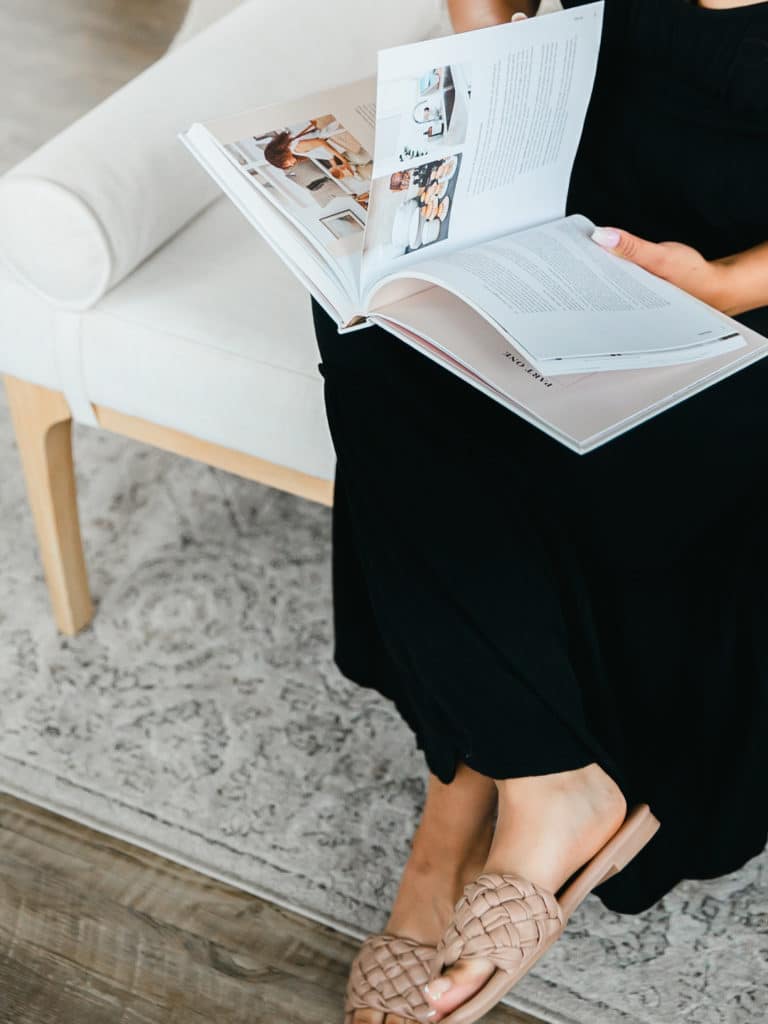
Trying to create a cohesive space can sometimes feel overwhelming. Whenever I find myself feeling lost on where to begin when creating a concept for a room, I take it back to the basics.
In this post I’ll be sharing the 7 elements of design. You might be surprised at how understanding these elements will help lead you into a more clear direction.
What are Elements?
Elements can be defined as “a part or aspect of something abstract, especially one that is essential or characteristic”. In the design world, they are just that. Instead of looking at the entire picture (an entire room) we can focus on individual components of that room first. When you look at the complete picture you can see that these individual elements combined create a completed design.
You’ll notice that these components are all essential and play a big role when looking at the overall picture.
1. Space
The first element of design is space. When considering space, you are evaluating the area that you have to work with. This includes the floors, walls, and ceiling.
Define how big or how small your work area is.
Space can either be two-dimensional: Length x Width or it can be three-dimensional: Length x Width x Height- which can also be referred to as the volume of a work area or object
It is also important to note that space can be either positive or negative.
Objects such as furniture, decorative accessories, and artwork are considered to be positive space.
Any empty space located around objects is considered to be negative space.
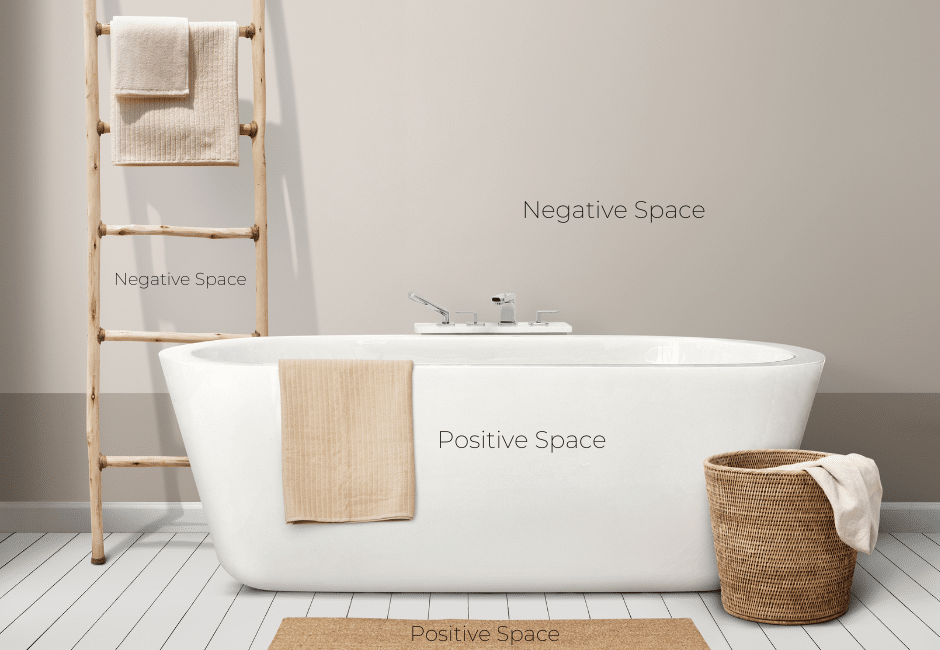
Have you ever heard the term opposites attract? That kind of applies to the concept of positive and negative space. The two of them work hand-in-hand to create a balanced environment that is aesthetically pleasing.
2. Lines
The second element of design is lines. Lines serve as a multipurpose element in the design world. They have the ability to create a sense of direction, outline objects, and divide spaces.
There are various types of lines that can be used in design- the most common being straight. The lines that you choose to highlight will determine the mood you create in your environment.
Vertical Lines: Travel up and down. They tend to draw the eye upwards and create the illusion of a taller room.
Vertical lines symbolize strength and dignity. They are often times used in formal spaces.
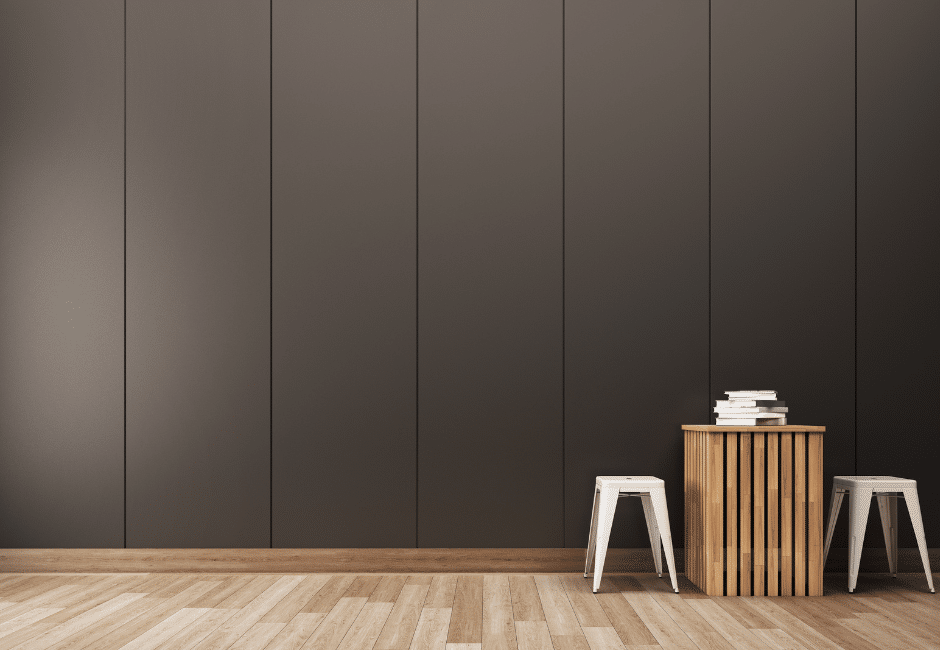
Horizontal Lines: Travel side-to-side. Unlike vertical lines, they create the illusion of a lower ceiling height and they tend to widen a space.
Horizontal lines symbolize rest and tranquility. They are often times used in intimate spaces.
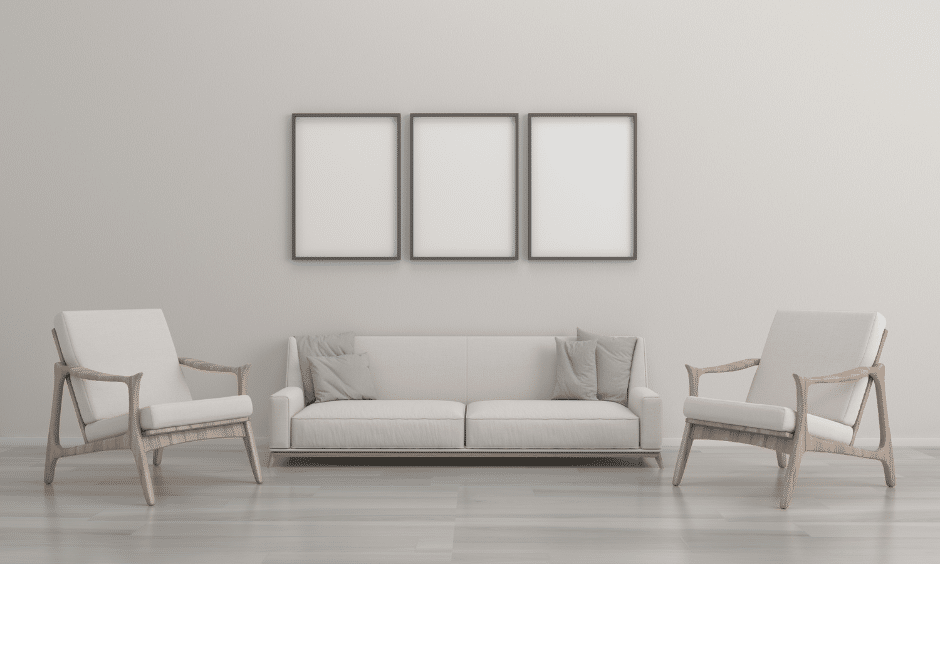
Diagonal Lines: Travel at an angle. These lines are unique because they can direct the eyes upwards or downwards. They add volume to a space creating the illusion of a larger room.
Diagonal lines symbolize movement and excitement. They are often times used in spaces with charm and character.
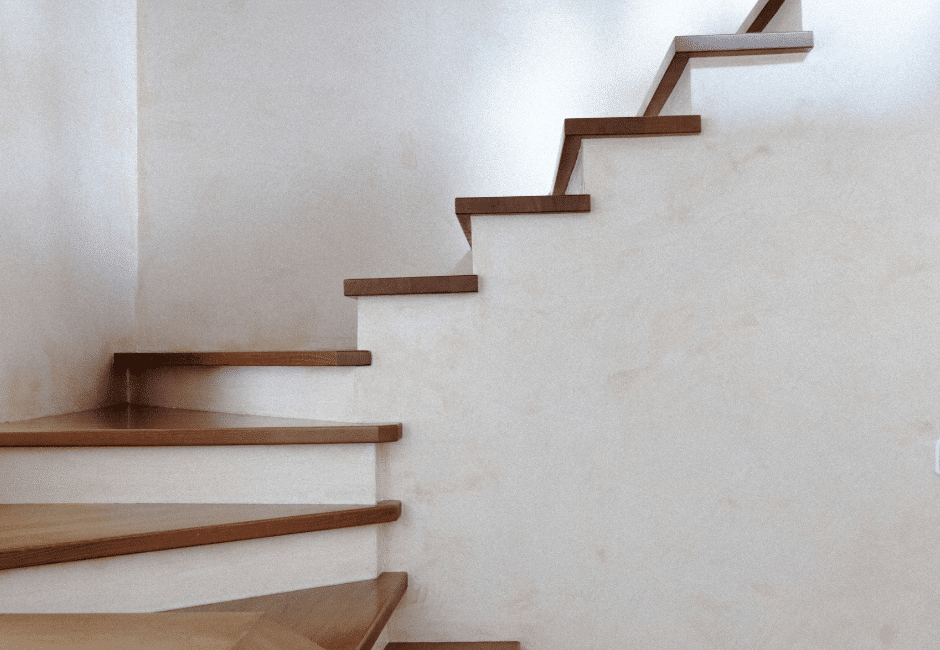
Curved Lines: Travel in a smooth and continuous direction (also known as bent lines). These types of lines are very easy on the eyes and make a space flow seamlessly.
Curved lines symbolize grace and rhythm. They are often times used in calm and tranquil spaces.
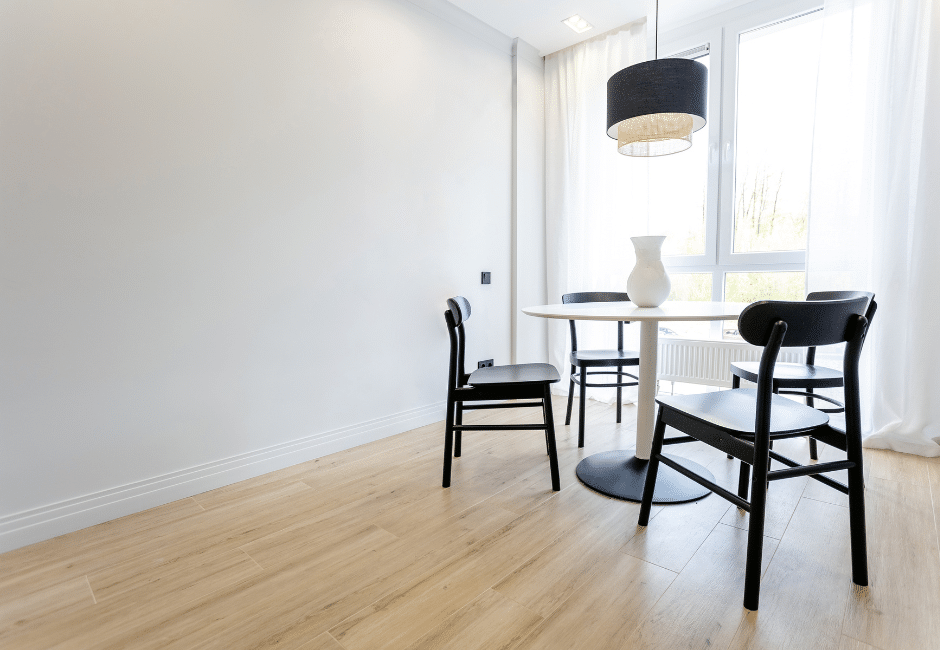
If you are designing an existing room, take note of the lines that the space already has. Is there vaulted ceilings? Arch windows or doorways? How can you use the existing lines in a space to direct the room into the feeling you are looking to create?
3. Shapes
The third element of design is shapes. Shapes can either be two-dimensional which includes height and width. Or shapes can be three dimensional which include height, width, and depth. In other words, three-dimensional shapes contain mass or volume.
They can further be broken down into the following:
Curvilinear shapes: Shapes that are made with curves and round edges
Rectilinear shapes: Shapes that are made with straight edges and angular corners
Geometric shapes: Shapes that include a mix of round and straight edges
Natural/Organic shapes: Shapes that are found in nature (ex: flowers, tree branches, etc.
Abstract shapes: Depiction of real things without being exact representations
The unique thing about this element is that each shape can be found to correspond to a specific style or historical period of time. This gives you the ability to focus on one period of time by carrying consisting shapes. Or you can mix various shapes from different periods and styles for a distinctive look.
Just like with lines, shapes can be found already existing within the structure you are working in. Take note of the shape of windows, doors, wall patterns, ceilings, etc. and see what direction you are able to take your design in.
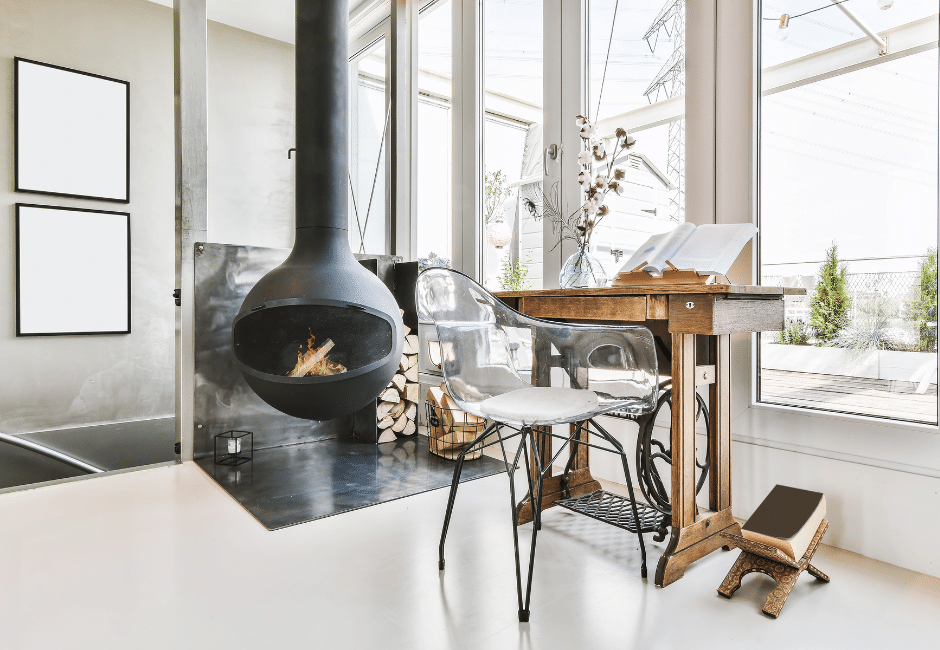
4. Color
The fourth element of design is color. Color is huge when it comes to creating a design. While it may seem like a simple element, it’s actually quite complex. However, if we’re keeping it simple- color has the power to create a mood and alter your perception of a space.
For example, people tend to associate lighter tones with a bright and airy feeling and darker tones with a bold statement. The emotion that you are wanting to provoke in a room will directly affect your color palette selection.

5. Texture
The fifth element of design is texture. Texture can be used in various forms when designing a space. It has the unique characteristic that it can physically be felt by the form of touch. Texture can be incorporated on the walls or floors of a room- traditionally using some form of fabric.
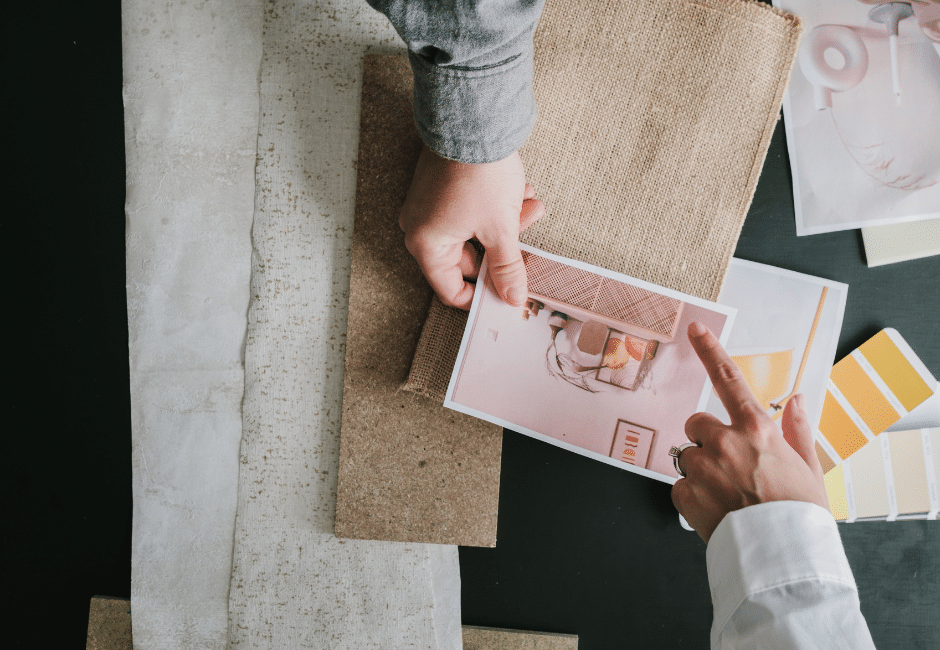
Sound absorbency is frequently thought out when choosing textiles for a space. Thick and heavy textiles have a tendency to be associated with muffled sounds, while textures such as stone tend to be associated with more echo-ey sounds.
6. Pattern
The sixth element of design is pattern. Pattern is defined as a repetitive arrangement of lines or shapes on a material. It is a fun way to bring character into a space and is often used to tie the room together.
Pattern can be referred to as a visual texture and can be observed in many aspects besides textiles within the architecture of a space.
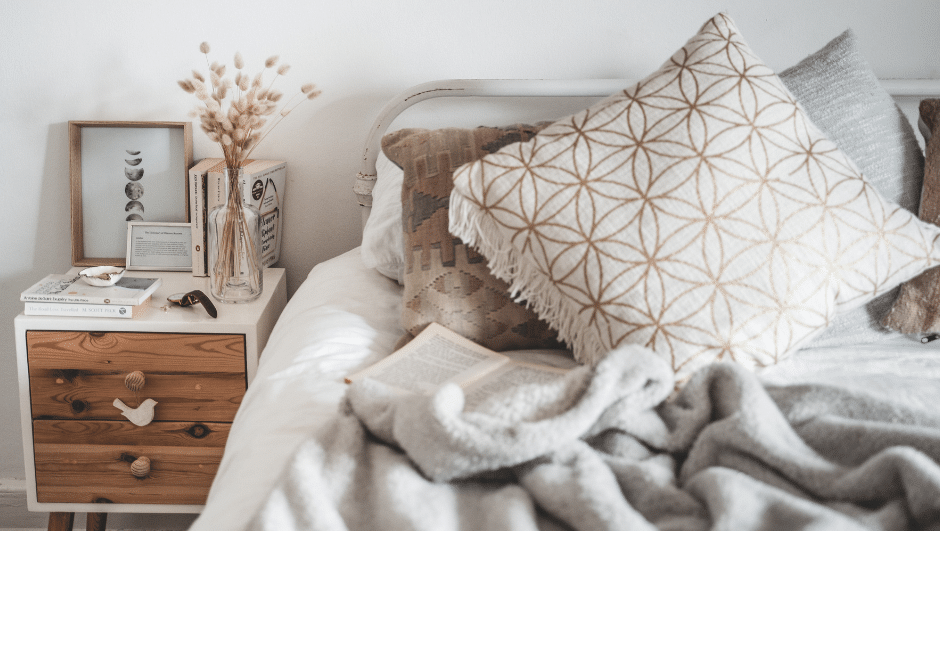
7. Lighting
The seventh element of design is lighting. Lighting is a powerful element that can be subcategorized into two different aspects.
Natural Light
Natural lighting is one of the first things you want to evaluate in a room as it is often times restrained. Some things you may want to consider are the angle of which the sunlight hits. How does the lighting change throughout the day? Does the room have any natural lighting at all? Assessing these aspects can create a clearer picture of what direction you’re able to take your design in.
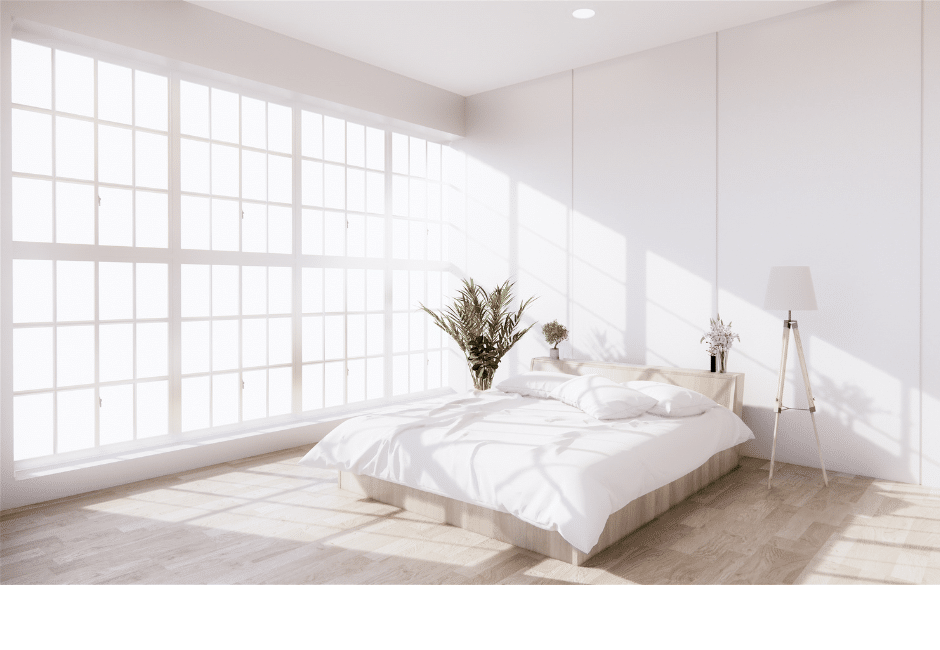
Artificial Light
Artificial lighting is completely unconstrained. This gives you the ability to decide where lighting can be placed, how much light you want to bring in, and the intensity of the lighting that you select.
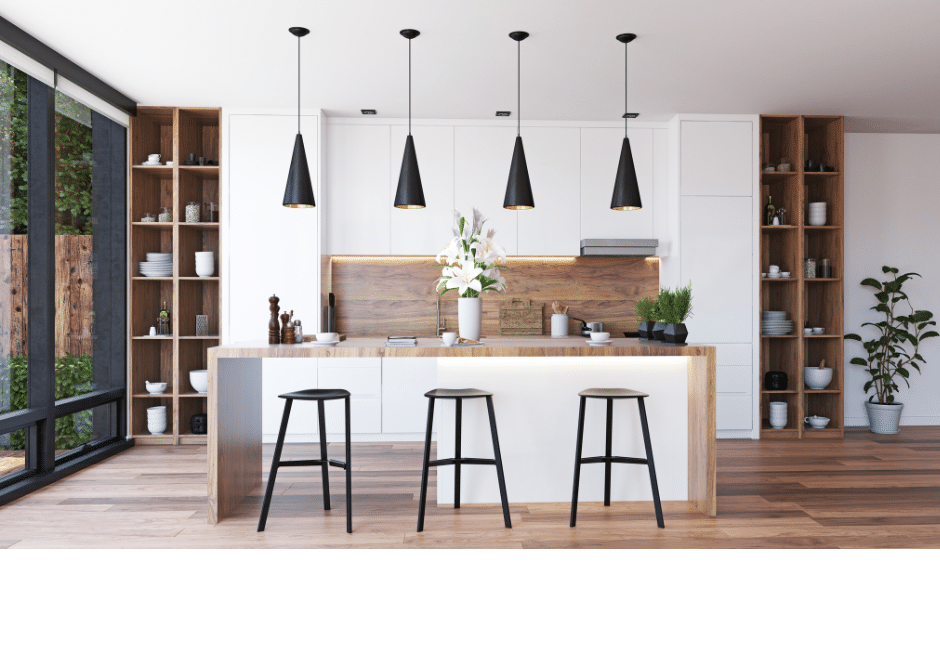
While these elements are a great basic rule of thumb to follow to help you get started when designing a room, keep in mind that there truly is no “right or wrong way” when it comes to creating a room. Design is something that is very personal and your style should be a reflection of what you love- even if it means bending the rules every once in a while.





